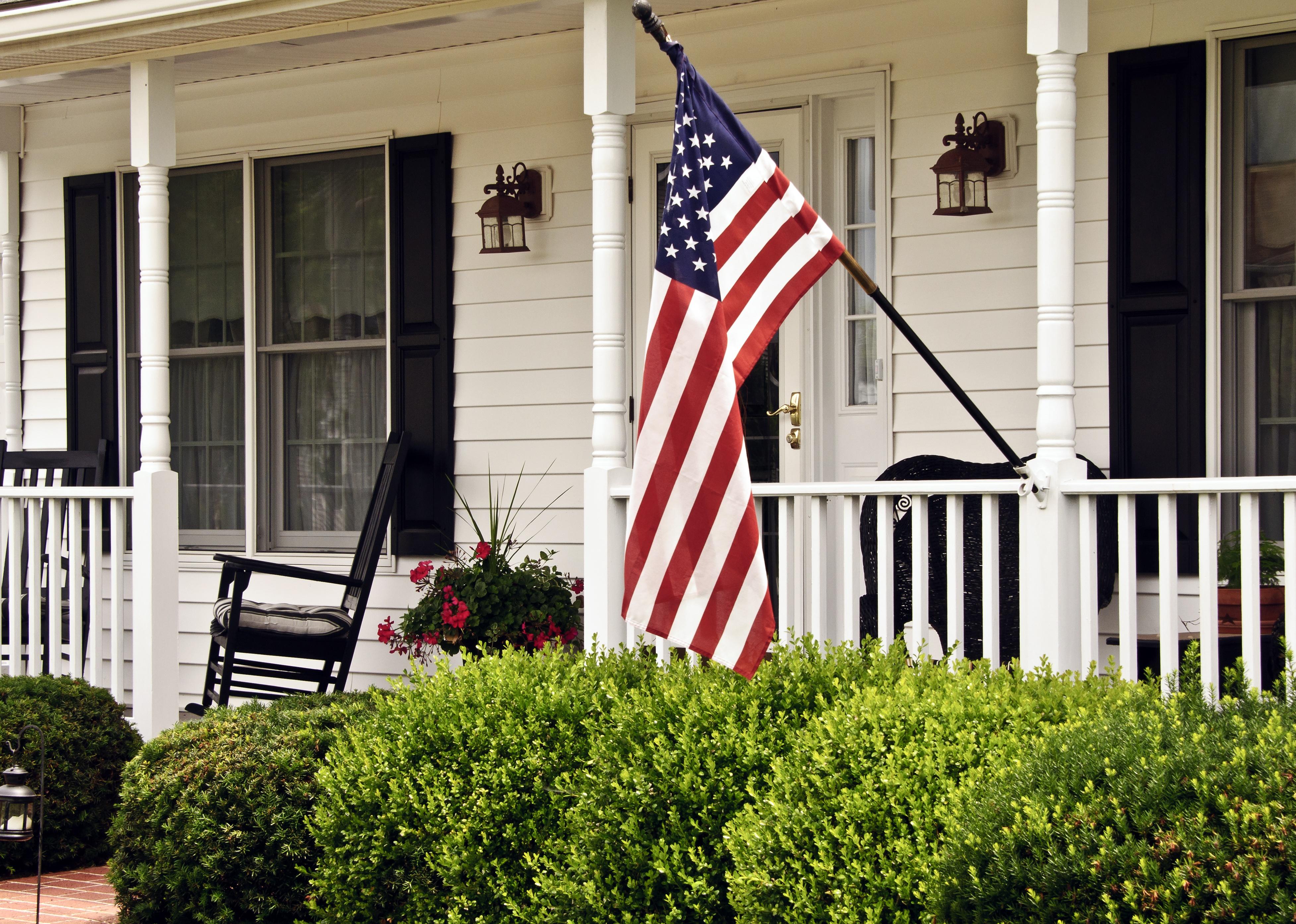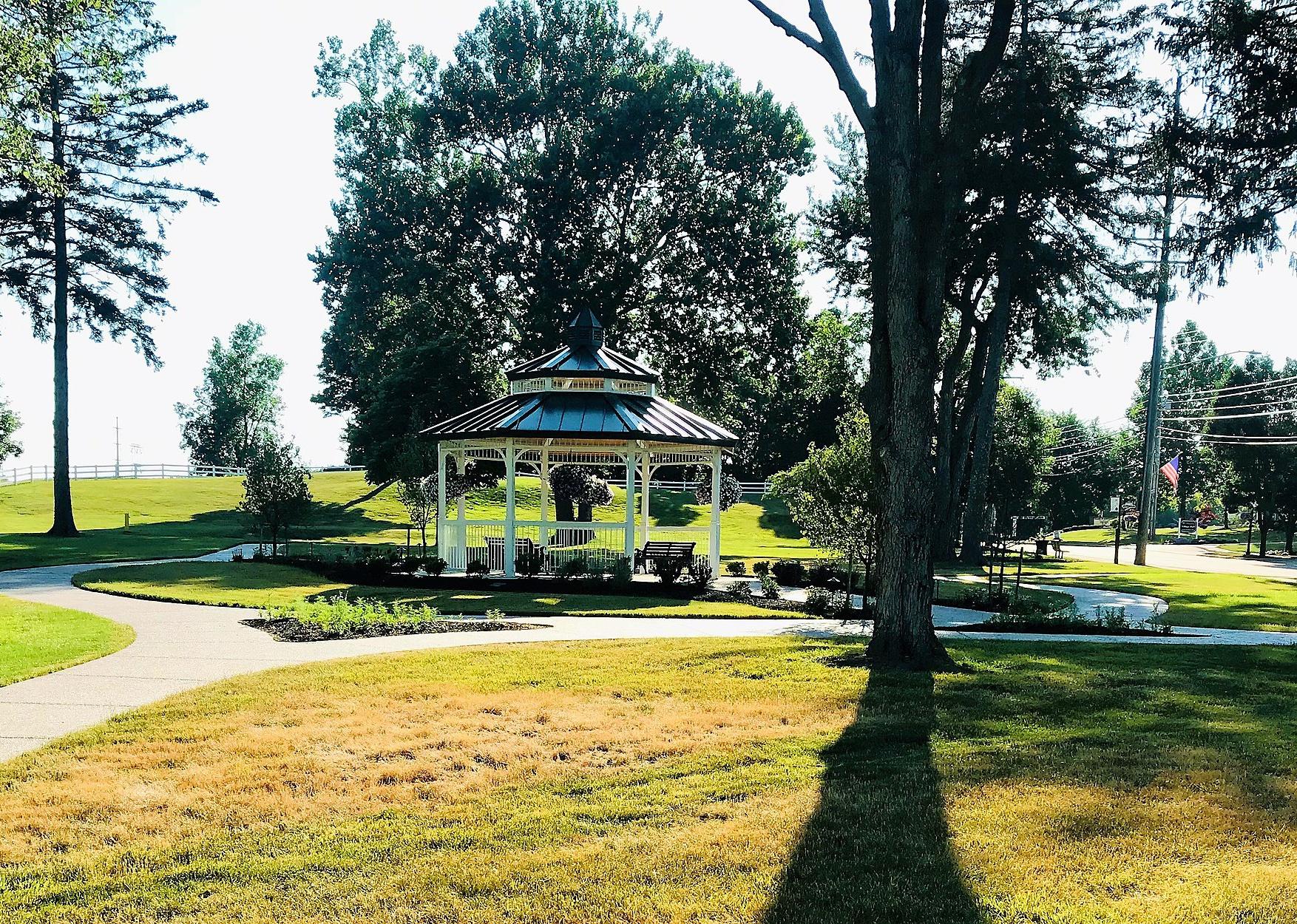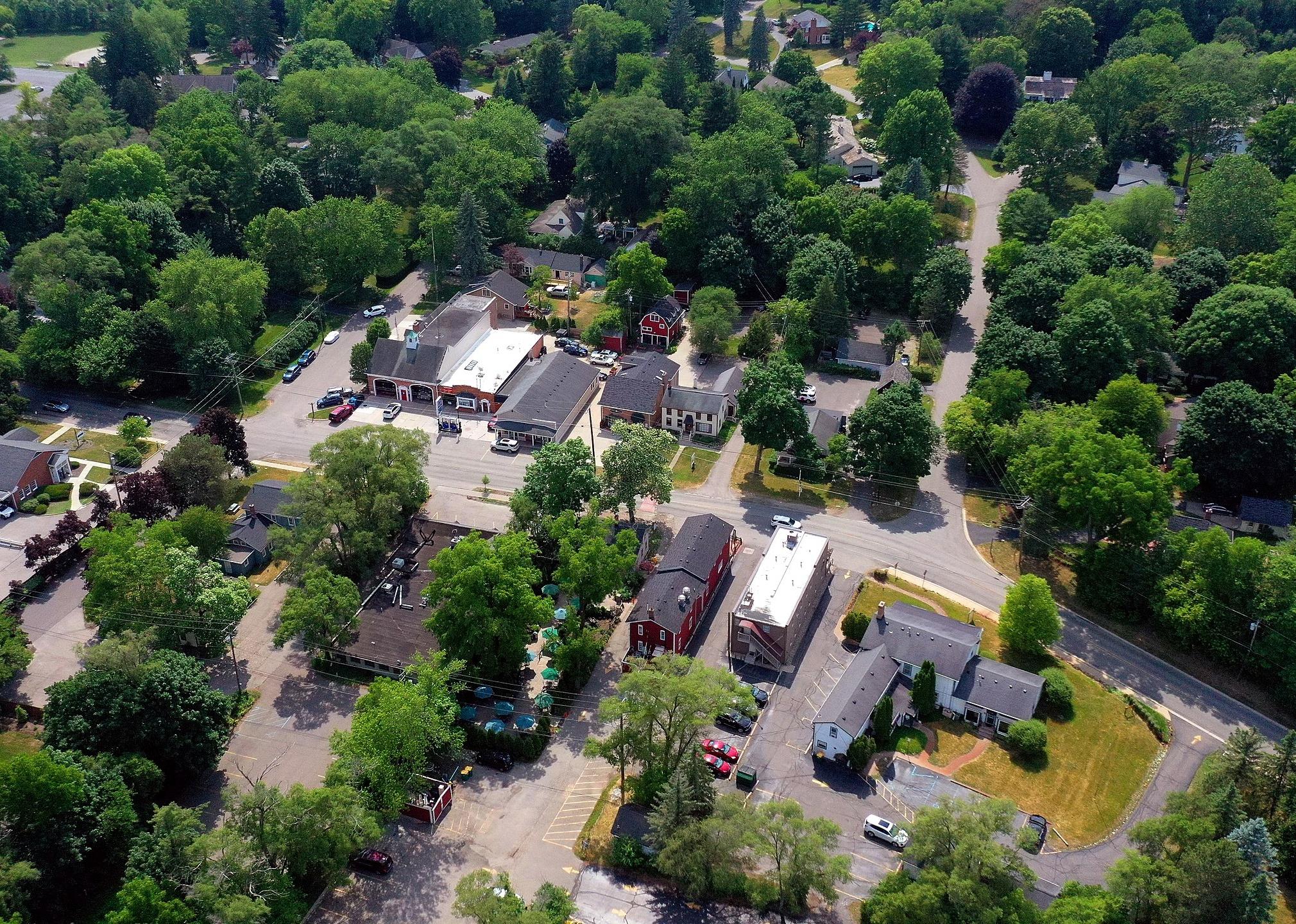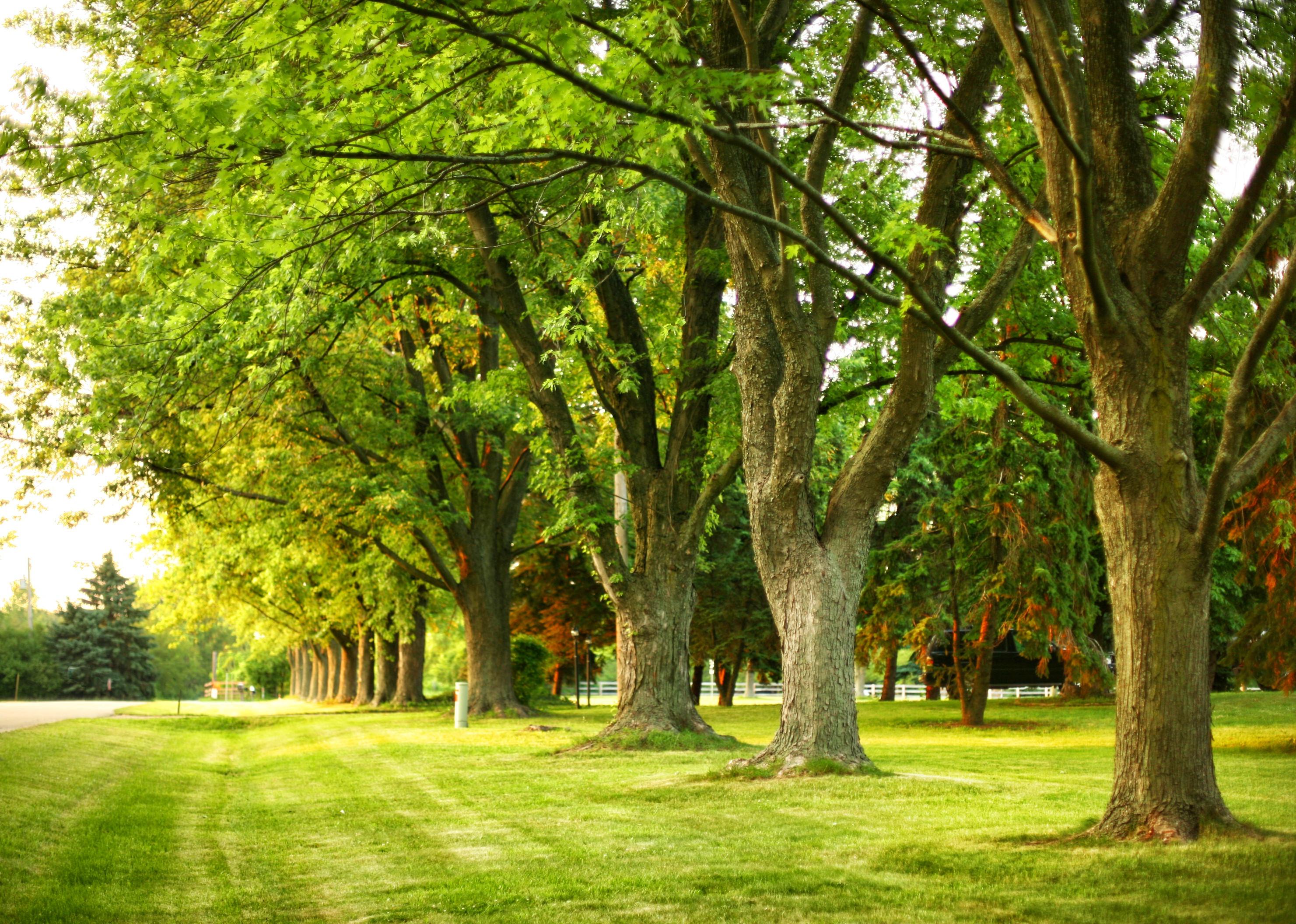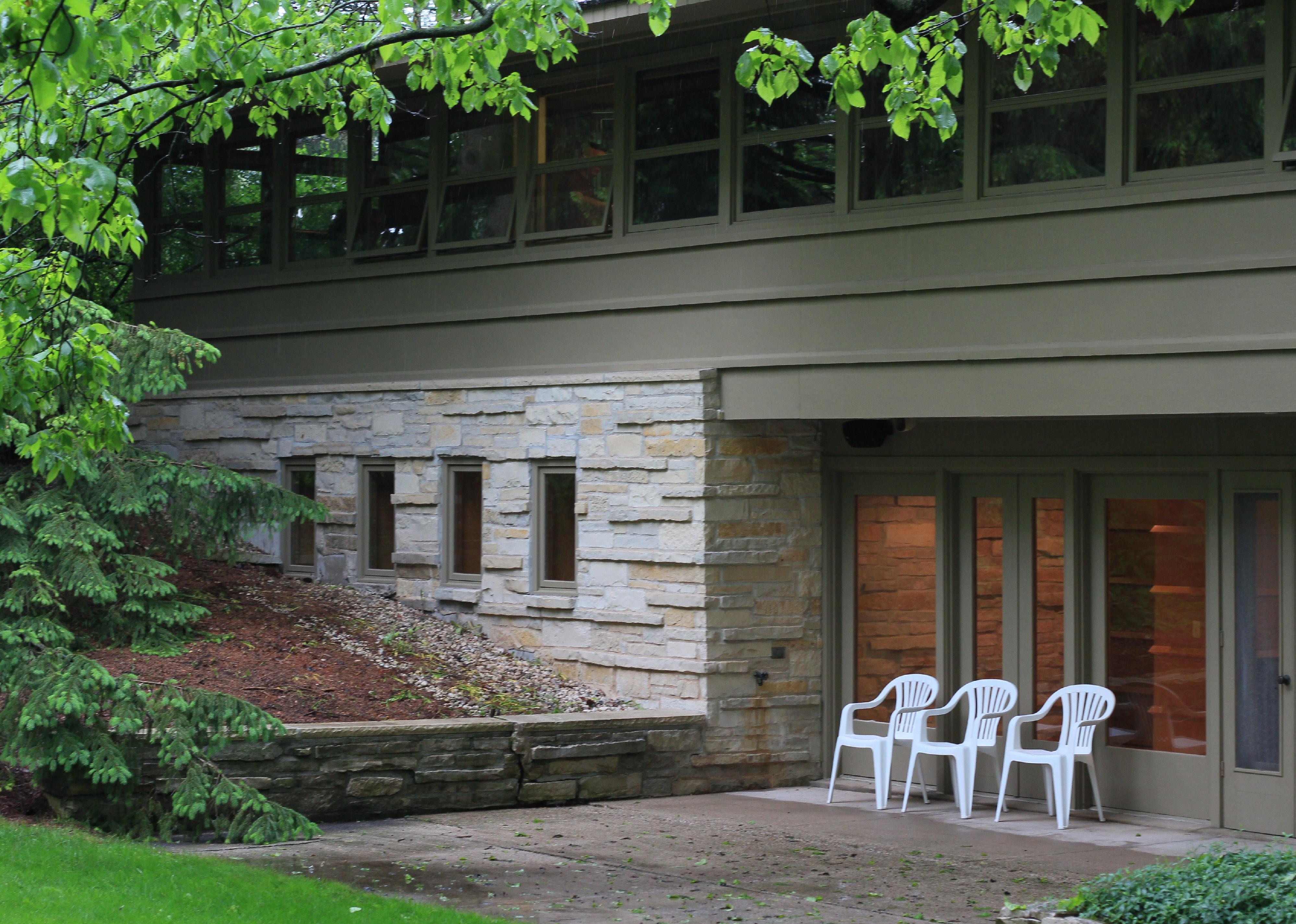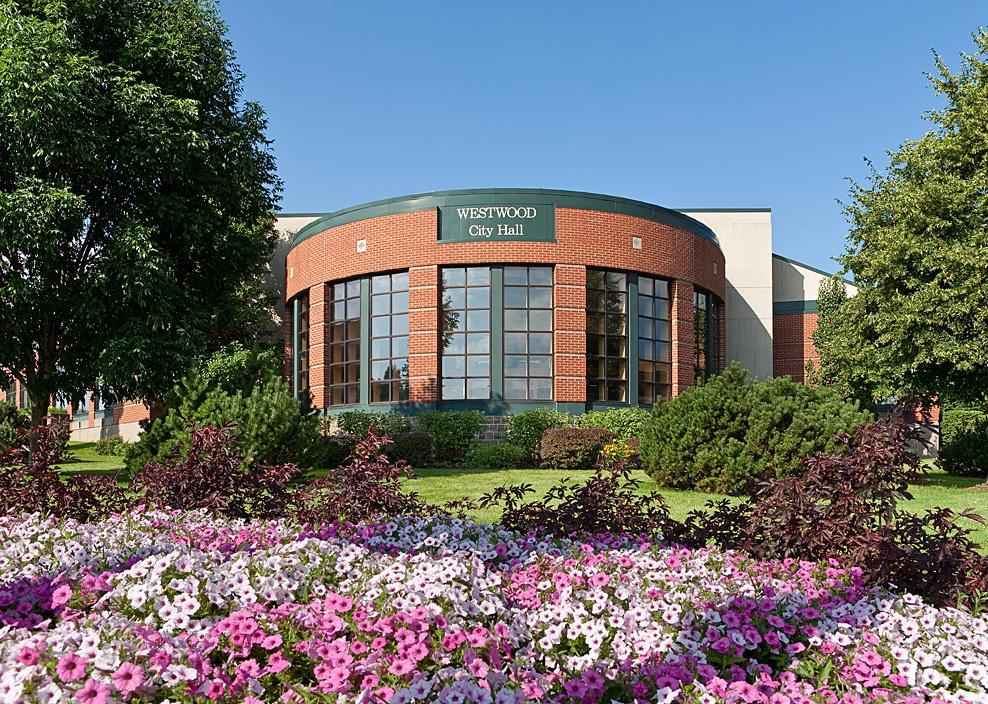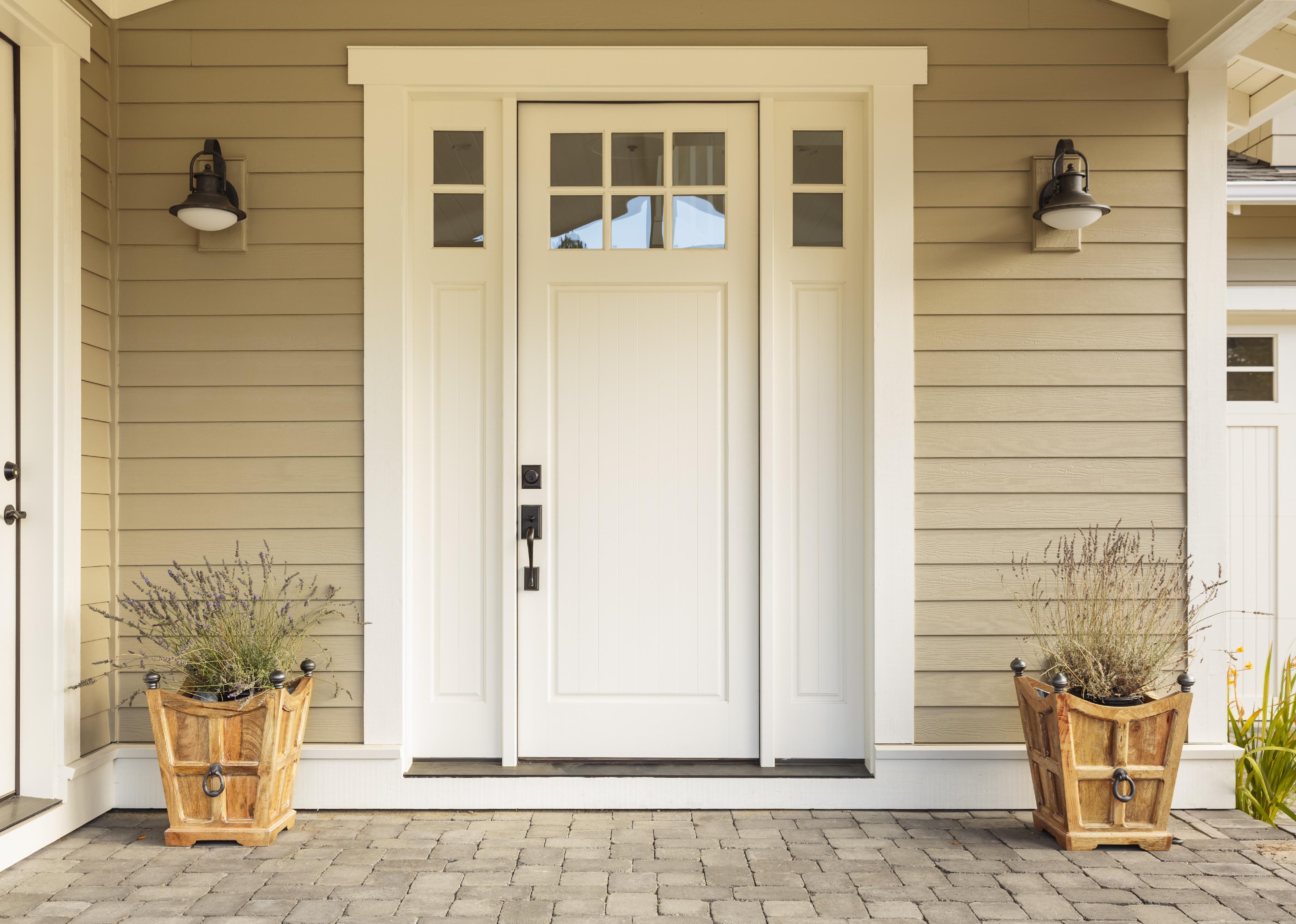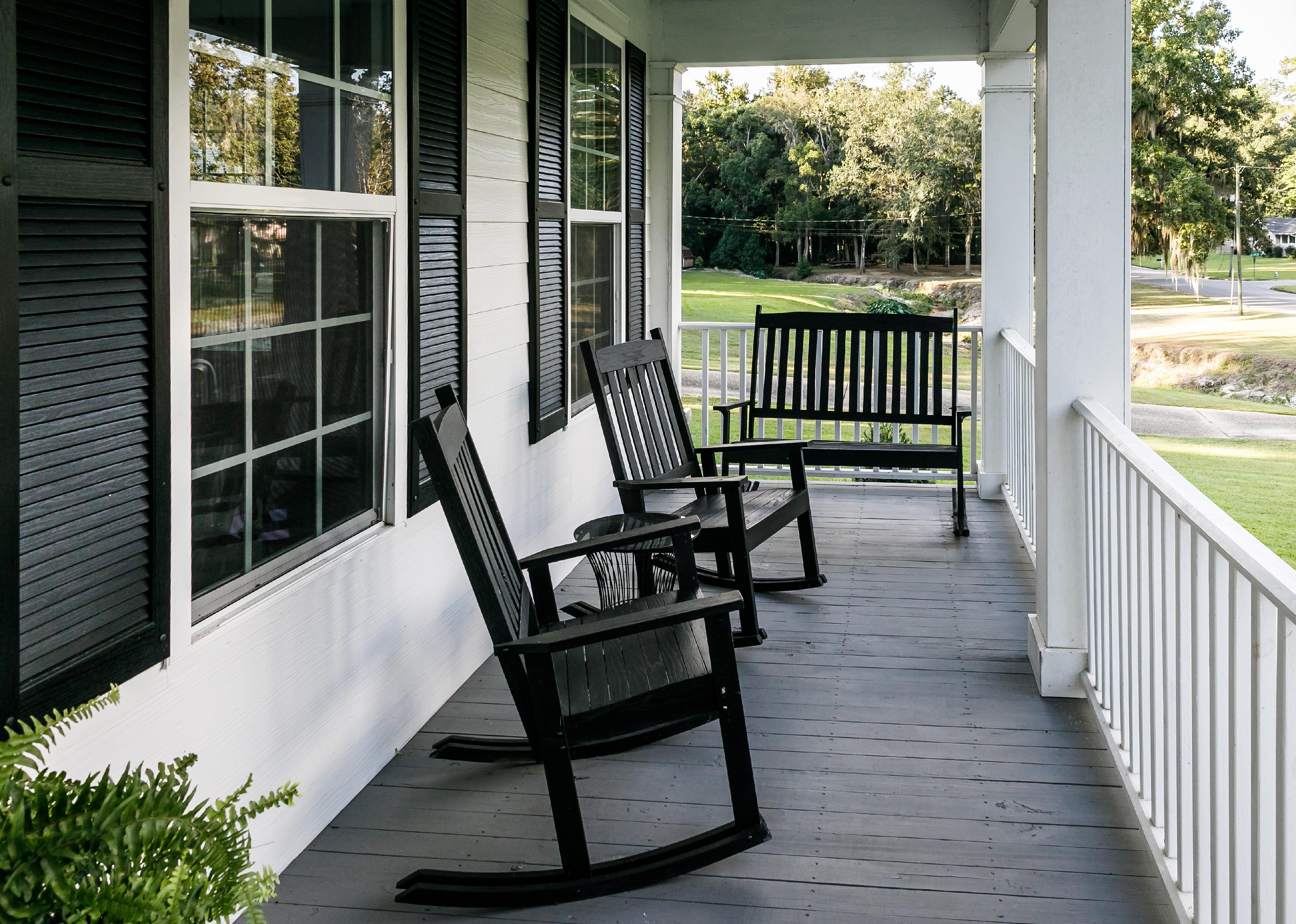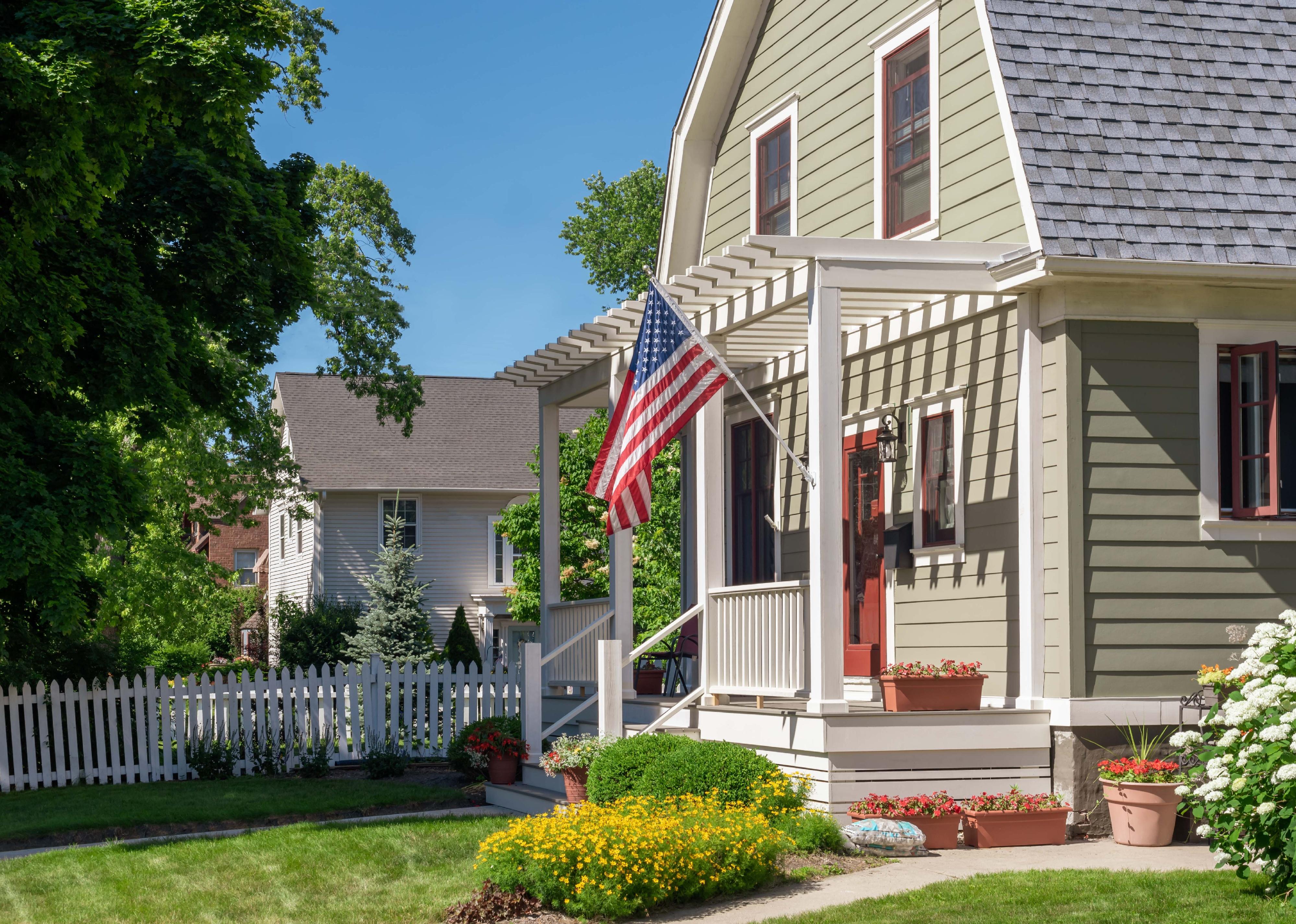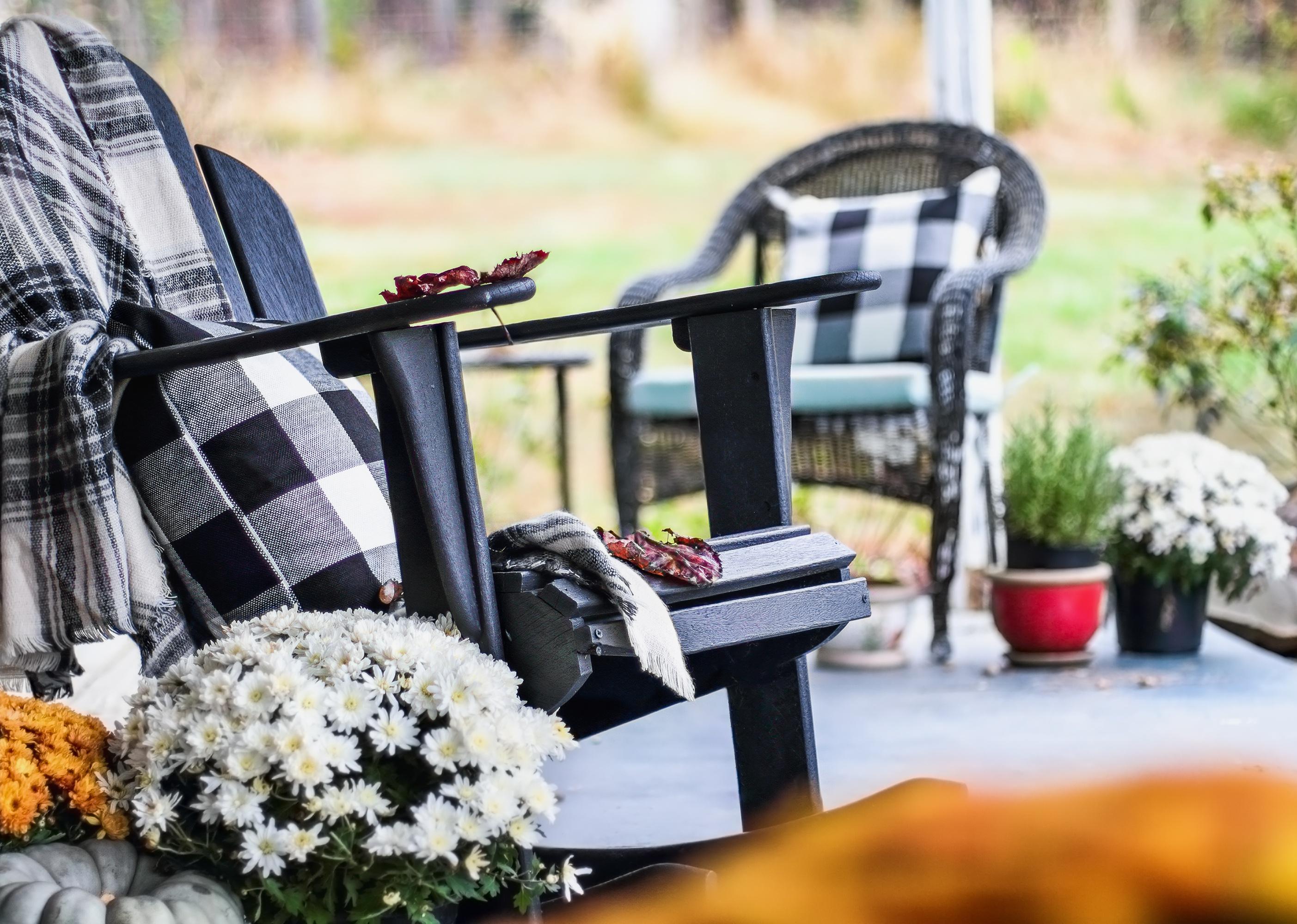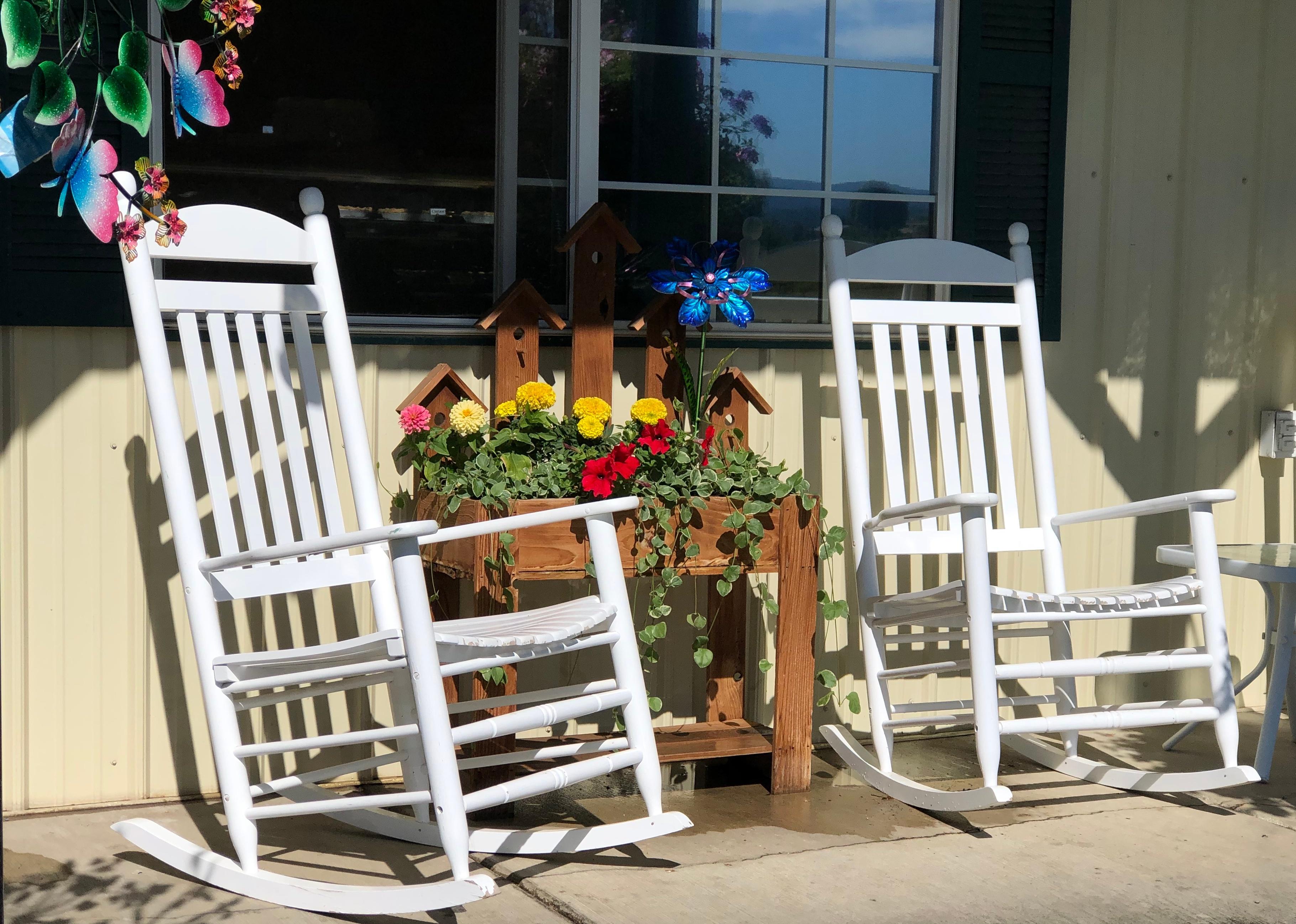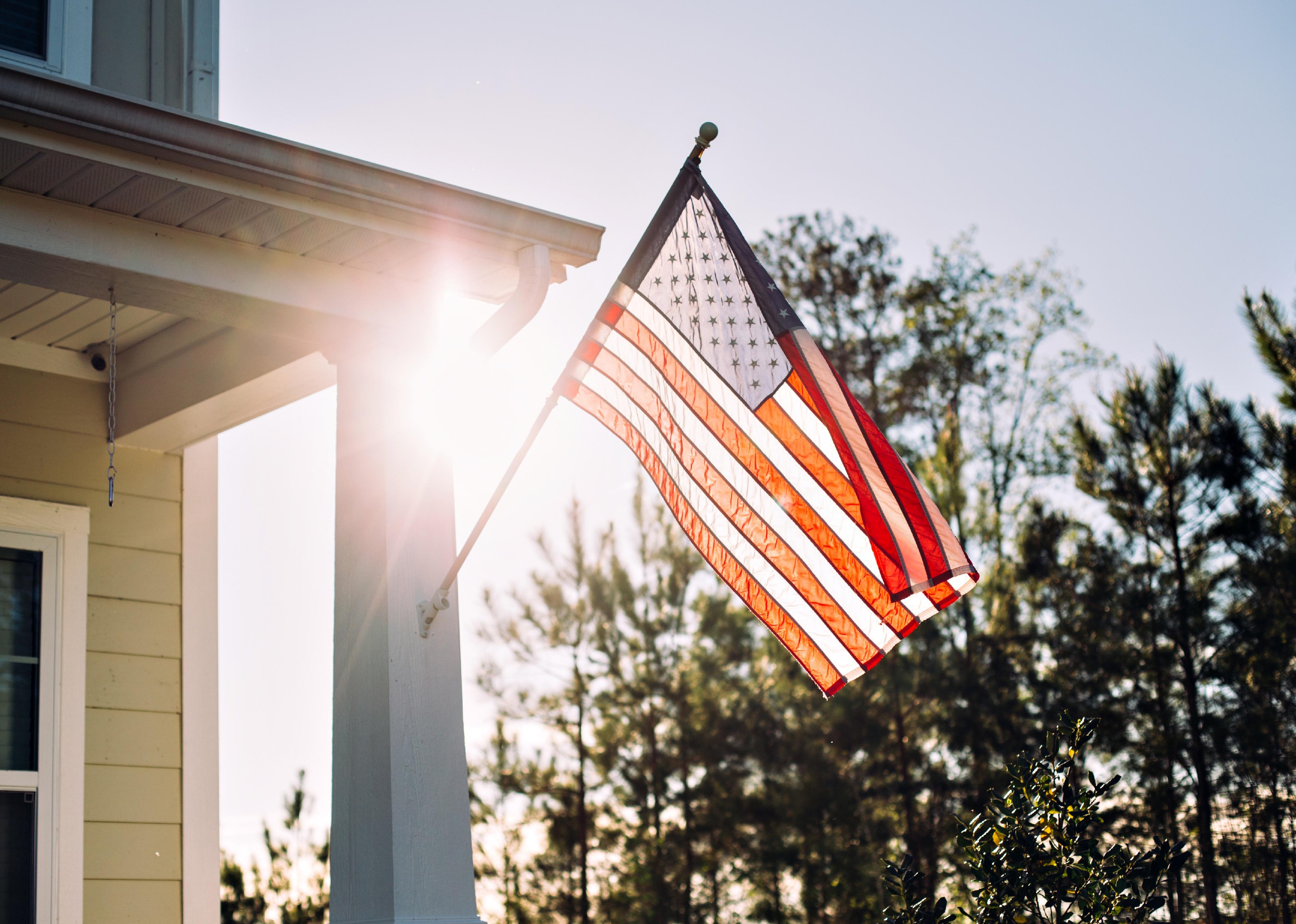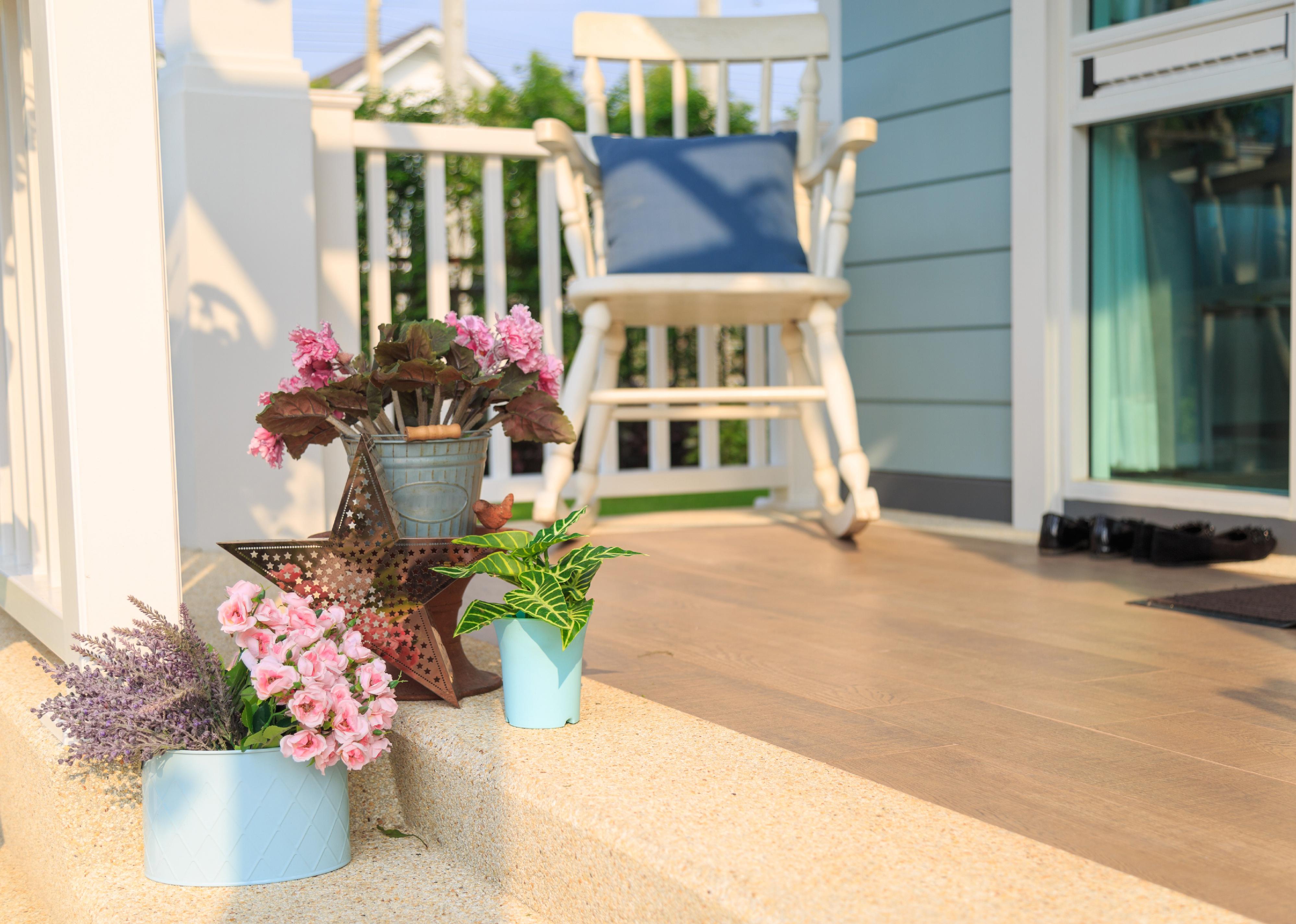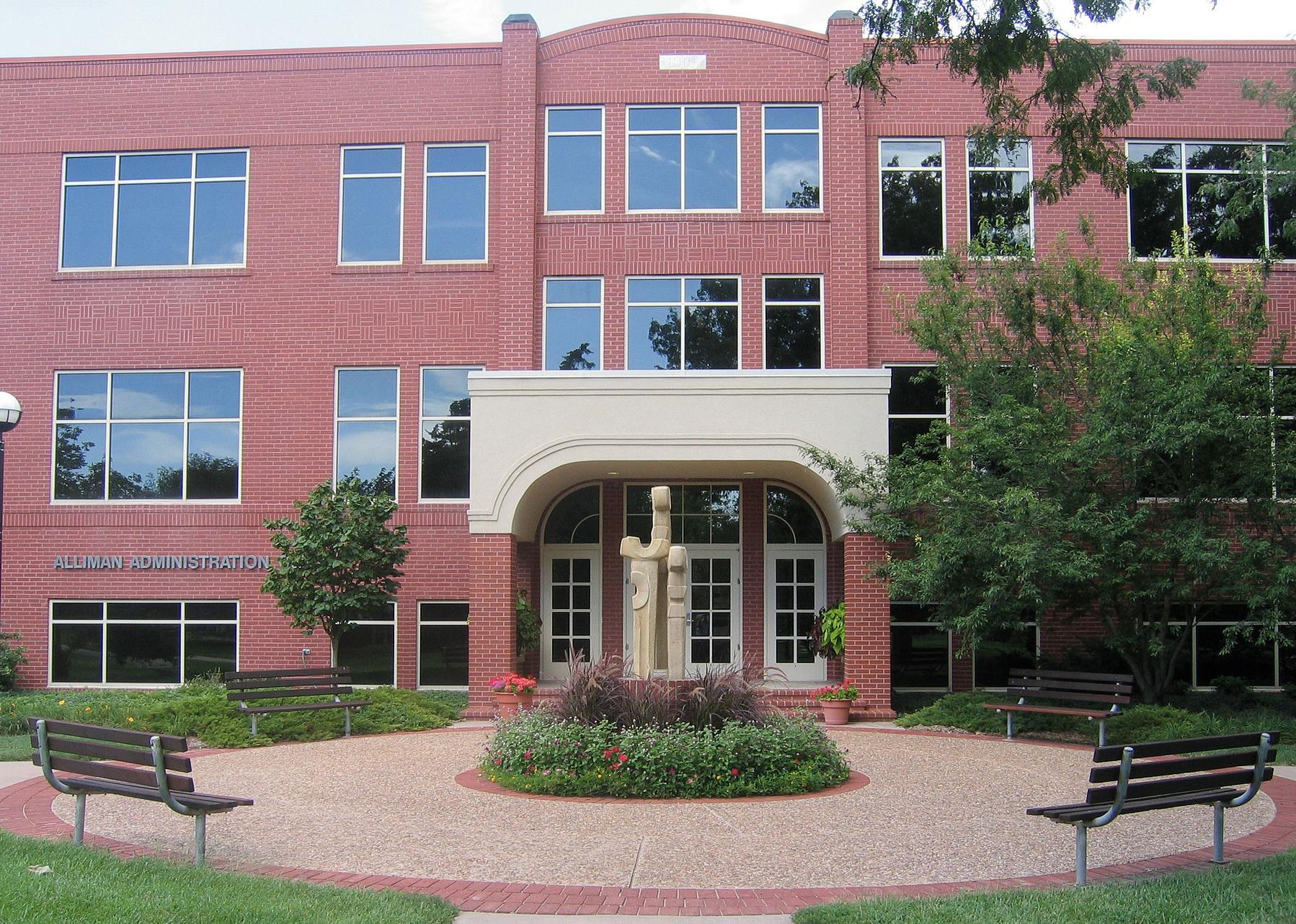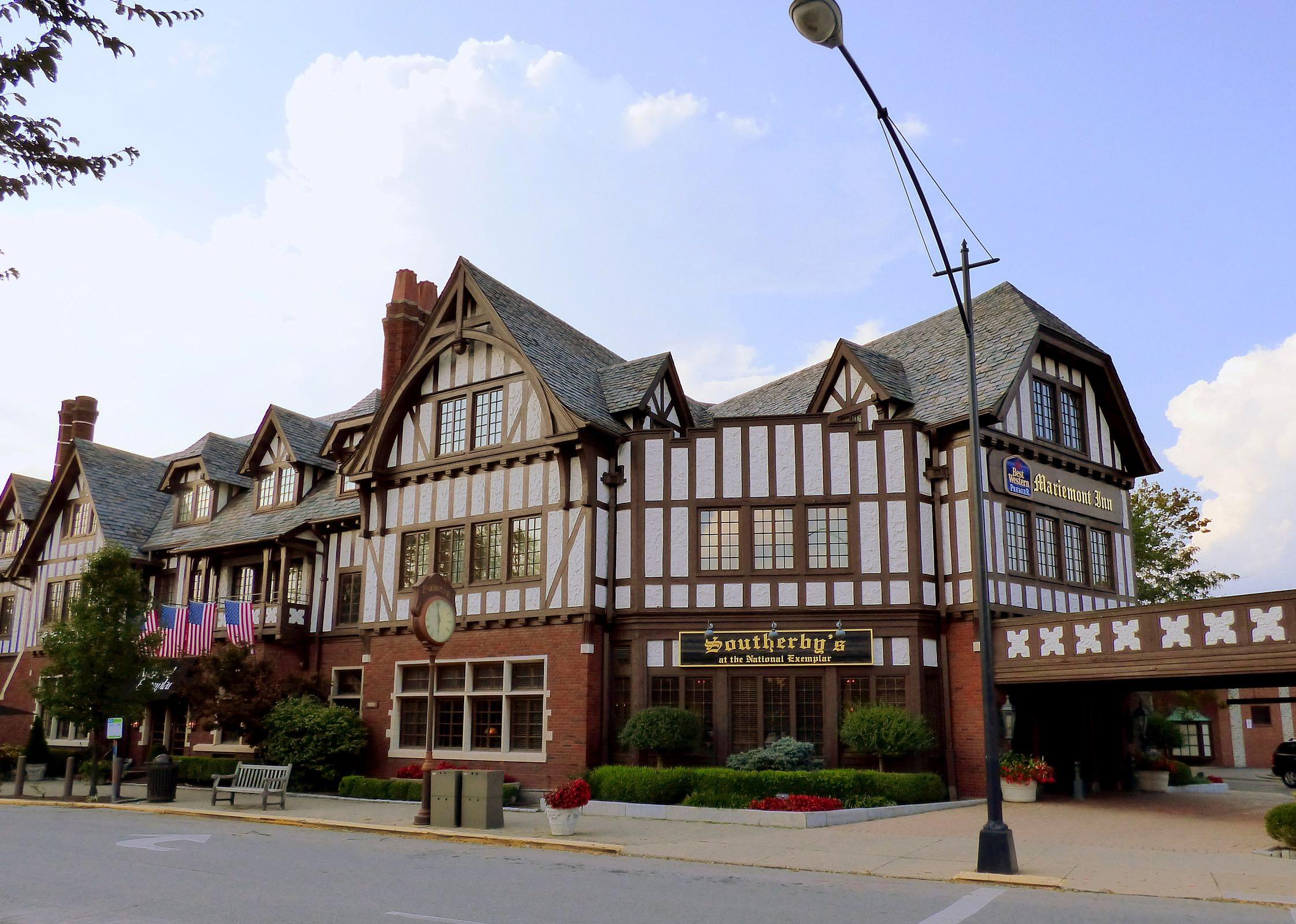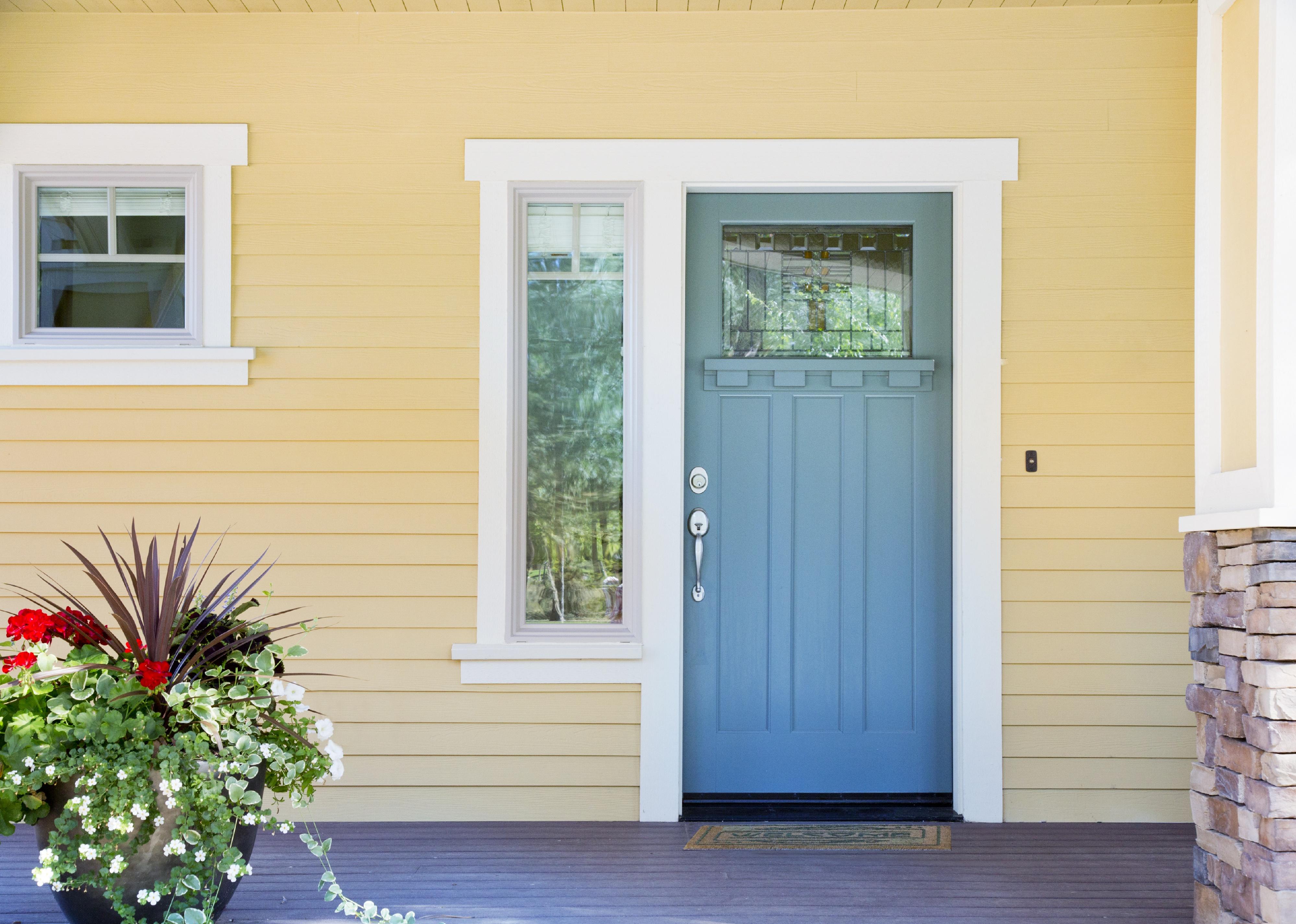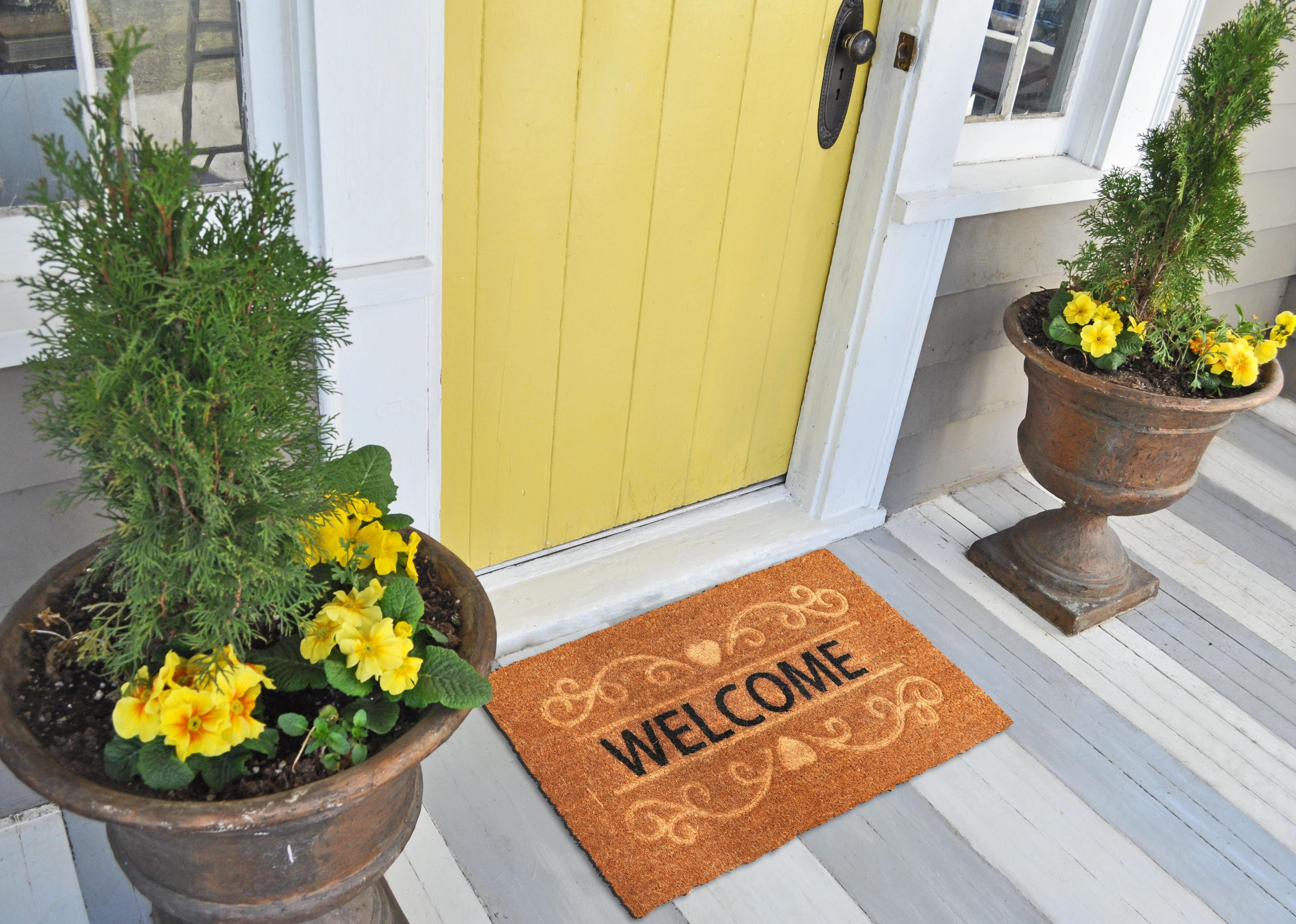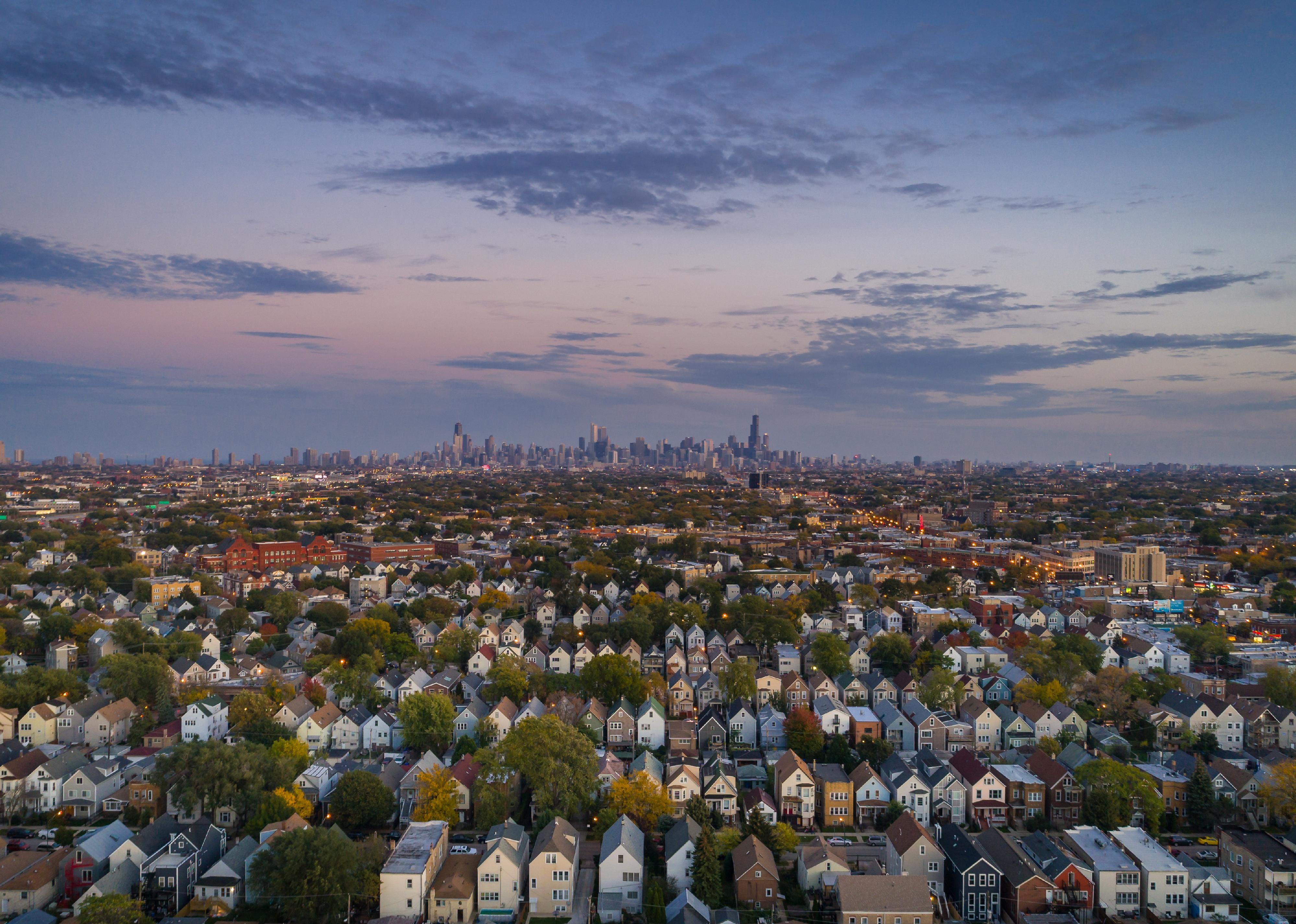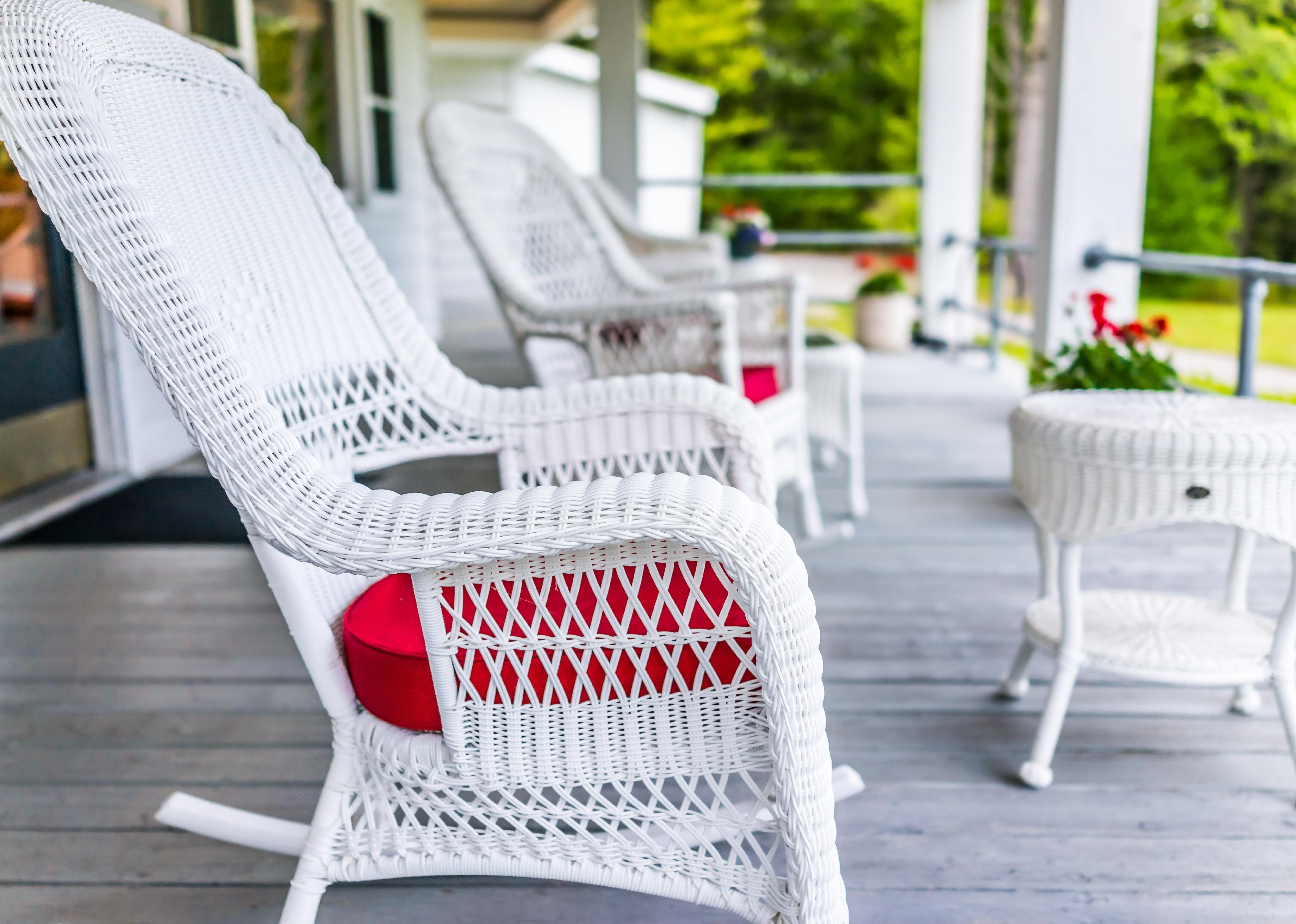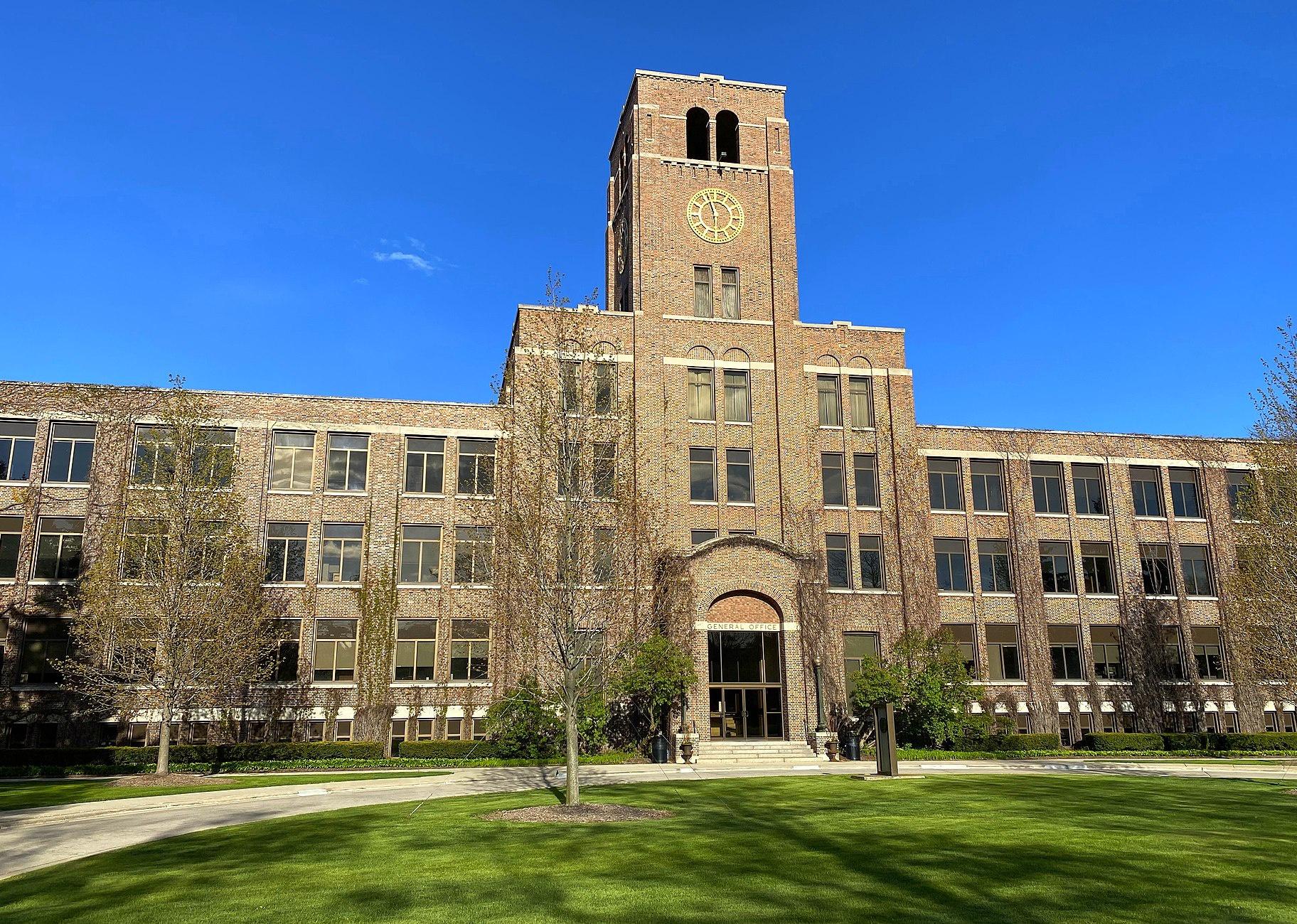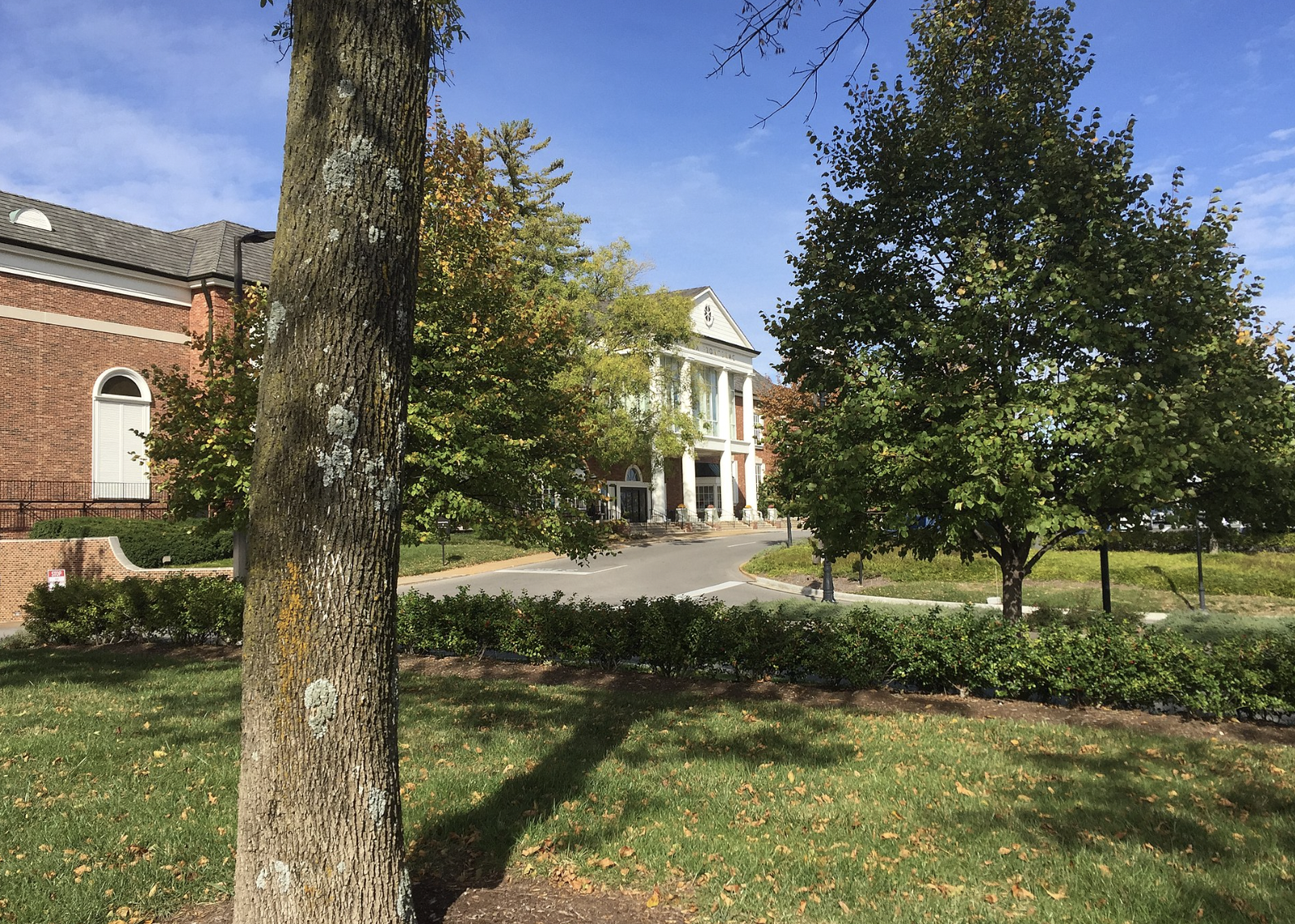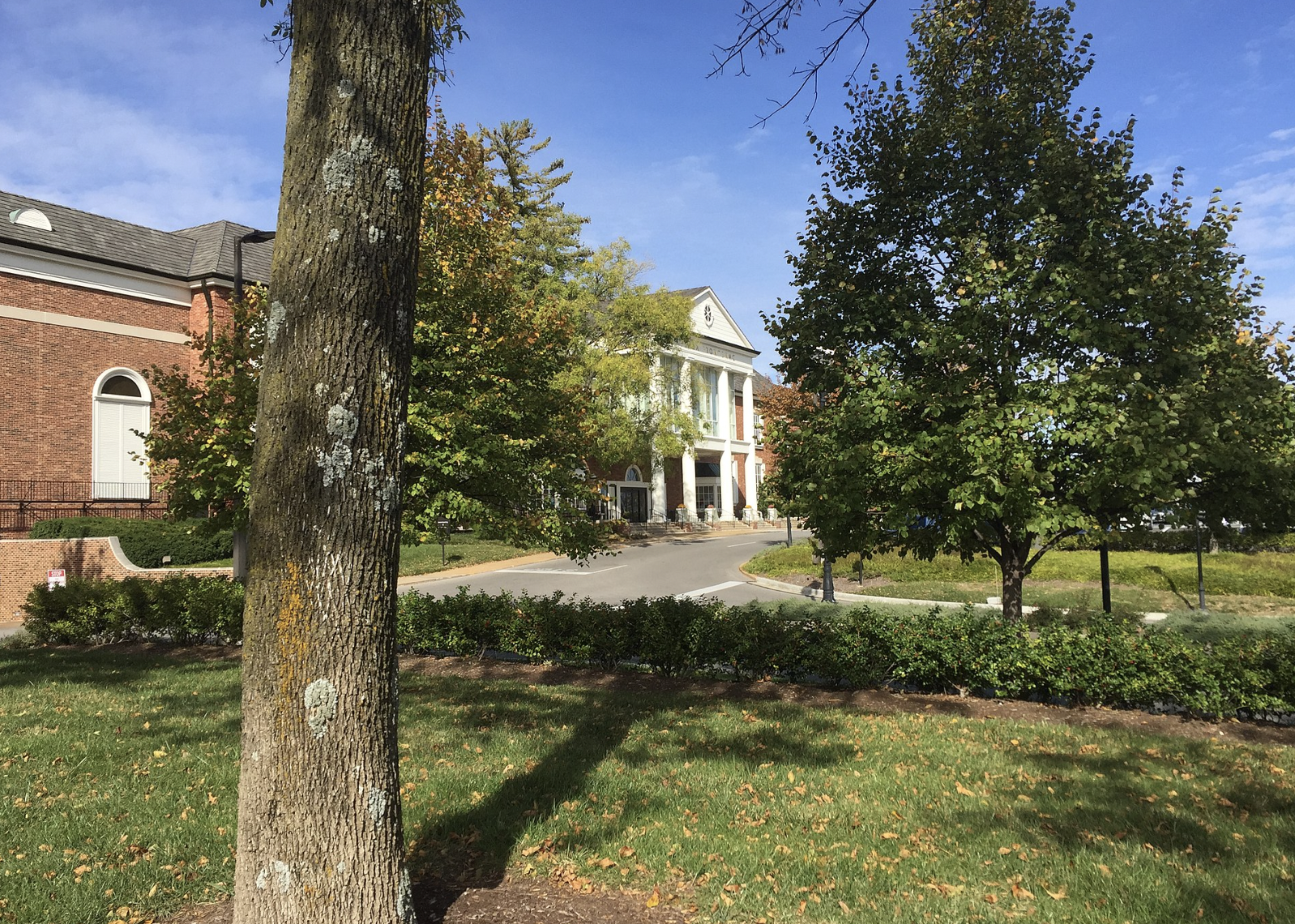Best Midwest small towns to live in
Published 2:30 pm Thursday, March 23, 2023
Robert Hale // Shutterstock
Best Midwest small towns to live in
The Midwest may be best known for its big cities of Chicago, Detroit, and Indianapolis, but prospective homebuyers may want to turn their attention to the region’s small towns.
Across the 12 Midwest states are suburban and rural villages with more charm than size, which make for an ideal home. What these towns lack in size, they more than make up for in historical sites, lush woodlands, and friendly locals. Plus, residents can enjoy the accessibility to larger cities nearby without enduring the hustle and bustle of living in them.
To determine which of the Midwest’s small towns are the best places to live, Stacker used data from Niche’s 2022 Best Places to Live and narrowed the results to places in the Midwest with less than 5,000 residents. Niche determined its rankings by assessing factors such as cost of living, quality of public schools, crime and safety, and access to health resources. For each town, Stacker included the population, percentage of homeowners, percentage of renters, and median income.
You may also like: The richest town in every state
![]()
SilentMatt Psychedelic // Wikimedia Commons
#25. Glenwillow, Ohio
– Population: 861
– Median home value: $225,000 (84% own)
– Median rent: $716 (16% rent)
– Median household income: $84,000
Founded in 1893 as a company town by ammunition manufacturer Austin Powder Company, Glenwillow, Ohio, has been revamped. Old manufacturing facilities and housing stock have been replaced with boutiques, restaurants, and a modernized residential district. The quaint village is also part of the Solon School District, consistently rated as one of the best school systems in the state.
Lrgjr72 // Wikimedia Commons
#24. Franklin, Michigan
– Population: 2,790
– Median home value: $612,900 (93% own)
– Median rent: $3,354 (7% rent)
– Median household income: $155,703
With an impressive amount of preserved historical architecture dating to the early 19th century, Franklin, Michigan, is home to the state’s first designated historic district and is listed on the National Register of Historic Places. The town, just 20 minutes from Detroit, is renowned for its large homes.
N K // Shutterstock
#23. Tower Lakes, Illinois
– Population: 1,340
– Median home value: $465,800 (97% own)
– Median rent: $2,350 (3% rent)
– Median household income: $148,750
This small town is much more than just a Chicago suburb, although its proximity to the Windy City is part of its appeal. Tower Lakes, Illinois, is built around two lakes and prides itself on preserving the health and beauty of its environment. Residents regularly participate in reforestation and clean-up efforts; the town has been designated as a “tree city” by the Arbor Day Foundation for more than 25 years.
Jim Packett // Shutterstock
#22. Bayside, Wisconsin
– Population: 4,579
– Median home value: $349,000 (79% own)
– Median rent: $1,411 (21% rent)
– Median household income: $114,814
Bayside, Wisconsin, is a village in Milwaukee that is home to an environmentally minded community—with 15% of the town’s total acreage devoted to nature conservation. It’s home to the Schlitz Audubon Nature Center, with six miles of trails through woods and along Lake Michigan.
Quint2724 // Wikimedia Commons
#21. Westwood, Kansas
– Population: 1,834
– Median home value: $315,400 (81% own)
– Median rent: $1,520 (19% rent)
– Median household income: $77,750
Westwood is a town in northeastern Kansas that features large parks, cycling trails, and a variety of shops and restaurants. It is also home to several University of Kansas hospital facilities, including the University of Kansas Cancer Center.
David Papazian // Shutterstock
#20. Meridian Hills, Indiana
– Population: 1,736
– Median home value: $554,900 (100% own)
– Median rent: $2,667 (0% rent)
– Median household income: $172,969
Located just six miles from Indianapolis, Meridian Hills, Indiana, is best known for its high-end residential community. Established in 1937, the 1.5-square-mile town is characterized by rolling hills, rippling streams, and trails for hiking.
Ursula Page // Shutterstock
#19. Fairway, Kansas
– Population: 4,147
– Median home value: $459,600 (91% own)
– Median rent: $1,642 (9% rent)
– Median household income: $136,579
Located close to several golf courses, this small town lives up to the inspiration behind its name with its expansive green lawns. Fairway, Kansas, is also rich in historical sites, including one National Historic Landmark—the Shawnee Indian Mission State Historic Site.
David Prahl // Shutterstock
#18. River Hills, Wisconsin
– Population: 1,496
– Median home value: $637,900 (97% own)
– Median rent: $99 (3% rent)
– Median household income: $178,750
River Hills, Wisconsin, has a rich history as a summer and vacation home destination for wealthy Midwesterners. The local country club held fox hunts and polo matches well into the 1960s. The town housed a Nike anti-aircraft missile site during the Cold War. Today, the community is the only one in Milwaukee County that is zoned 100% residential, with exceptions for a country club, houses of worship, a school, and a sculpture garden.
Stephanie Frey // Shutterstock
#17. Moreland Hills, Ohio
– Population: 3,436
– Median home value: $463,000 (94% own)
– Median rent: $1,723 (6% rent)
– Median household income: $182,100
Located just 14 miles from Cleveland, Moreland Hills, Ohio, is an affluent suburb that prides itself on its history. The town is the birthplace of 20th president James A. Garfield. He is commemorated with four key sites along the Garfield Trail of Ohio, including a replica of the log cabin where Garfield was born.
Monkey Business Images // Shutterstock
#16. Orange, Ohio
– Population: 3,410
– Median home value: $373,600 (92% own)
– Median rent: $2,262 (8% rent)
– Median household income: $133,681
Orange, Ohio, is a Cleveland suburb with more than 60 acres of park space, including a golf course, hiking trails, and community garden. The town center frequently hosts festivals and celebrations for the close-knit community.
WNstock // Shutterstock
#15. Kildeer, Illinois
– Population: 4,093
– Median home value: $639,900 (99% own)
– Median rent: $961 (1% rent)
– Median household income: $226,375
Kildeer, Illinois, is a Chicago suburb consisting of several upscale residential areas and four shopping centers. Its founders limited housing development exclusively to custom houses on large lots. The town is home to Kemper Lakes, a prestigious golf club that has hosted many major golf championships, including the PGA Championship.
dezy // Shutterstock
#14. Leland Grove, Illinois
– Population: 1,336
– Median home value: $235,100 (95% own)
– Median rent: $1,059 (5% rent)
– Median household income: $123,810
Founded in 1950, Leland Grove offers residents plenty of trails and parks for a breath of fresh air in addition to a variety of restaurants and shops. The Springfield, Illinois, suburb covers 400 acres of grasslands and is known for its lush greenery.
On The Run Photo // Shutterstock
#13. Kenilworth, Illinois
– Population: 2,423
– Median home value: $1,286,500 (95% own)
– Median rent: $3,501 (5% rent)
– Median household income: $250,001
Kenilworth, Illinois, founded in 1889, is a Chicago suburb bordering Lake Michigan. The town is home to some impressive architecture thanks to the city’s former architect and town planner George W. Maher, a colleague of Frank Lloyd Wright. Wright’s own structure, a Prairie School-style home named the Hiram Baldwin House, is also located in the village.
Lori Butcher // Shutterstock
#12. Riverwoods, Illinois
– Population: 3,742
– Median home value: $705,700 (95% own)
– Median rent: $3,238 (5% rent)
– Median household income: $213,068
Riverwoods, Illinois, is a village on the banks of the Des Plaines River located within flourishing, expansive woodlands. The town prides itself on its scenery and actively involves community members in protecting the surrounding environment.
BublikHaus // Shutterstock
#11. Warson Woods, Missouri
– Population: 2,229
– Median home value: $470,500 (98% own)
– Median rent: $1,450 (2% rent)
– Median household income: $173,333
Warson Woods, Missouri, is a town just west of St. Louis and offers residents an abundance of services, including a pool, pavilion for parties, and food truck nights in the summer.
ET Tisomboon // Shutterstock
#10. Lauderdale, Minnesota
– Population: 2,479
– Median home value: $235,500 (50% own)
– Median rent: $1,220 (50% rent)
– Median household income: $68,313
Lauderdale, Minnesota, five miles from Minneapolis, offers residents a mix of urban and suburban living with its combination of shopping districts and residential neighborhoods. The town was named after businessman William Henry Lauderdale, who purchased and donated the land that became the site of the town’s first school and park.
JonHarder // Wikimedia Commons
#9. Hesston, Kansas
– Population: 3,823
– Median home value: $147,300 (55% own)
– Median rent: $658 (45% rent)
– Median household income: $57,370
Hesston, Kansas, is a tightly knit community located 30 miles from Wichita. The town regularly involves residents in cleanup and other initiatives to preserve its scenic environment, which includes expansive fields, parks, and a golf course. The town is also home to two large farm equipment manufacturing plants.
Greg Hume // Wikimedia Commons
#8. Mariemont, Ohio
– Population: 3,497
– Median home value: $407,800 (70% own)
– Median rent: $1,192 (30% rent)
– Median household income: $120,281
Much of Mariemont, Ohio, is built in classic English architectural styles, ranging from the Norman to the Georgian. The village square is designed in Tudor style, and the town is one of the few in America to still have a town crier. Its dedication to preserving bygone eras has earned the town a spot on the National Register of Historic Places.
David Papazian // Shutterstock
#7. Oakland, Missouri
– Population: 1,473
– Median home value: $343,400 (79% own)
– Median rent: $1,234 (21% rent)
– Median household income: $106,597
Oakland, Missouri, may have a total area of just 0.61 square miles, but it wastes no space—the town contains three city parks and plenty of shops and restaurants. The community prides itself on the variety of architecture found within the city limits, which includes everything from arts-and-crafts-style cottages to modern homes.
Appz Dreamer // Shutterstock
#6. Rock Hill, Missouri
– Population: 4,728
– Median home value: $212,000 (84% own)
– Median rent: $1,122 (16% rent)
– Median household income: $78,529
Rock Hill, Missouri, is a suburb of St. Louis. It is a lovely mix of commercial and residential properties. The 1841 Greek Revival Fairfax House is listed on the National Register of Historic Places.
Kamil Zelezik // Shutterstock
#5. Bannockburn, Illinois
– Population: 1,315
– Median home value: $987,500 (84% own)
– Median rent: $1,075 (16% rent)
– Median household income: $147,500
Bannockburn, Illinois, was developed by a Scottish real estate developer who planned a number of country estates for residents to live on in the early 20th century. The town was originally planned to be purely residential, but today has a mix of business and residential buildings, affording residents a peaceful place to live while also giving them easy access to goods and services.
Kristi Blokhin // Shutterstock
#4. Sixteen Mile Stand, Ohio
– Population: 3,589
– Median home value: $479,800 (56% own)
– Median rent: $1,384 (44% rent)
– Median household income: $109,142
Sixteen Mile Stand, Ohio, was originally a stagecoach stop 16 miles from Cincinnati. Today, an extensive park system offers residents plenty of green space, and lots of local sports opportunities. Trails built around the city also allow hikers to get moving any time they like.
Asher Heimermann // Wikimedia Commons
#3. Kohler, Wisconsin
– Population: 2,072
– Median home value: $284,000 (91% own)
– Median rent: $1,208 (9% rent)
– Median household income: $111,563
Kohler, Wisconsin, was founded in the early 20th century as a company town for the Kohler Company, best known for its plumbing equipment. Kohler is still the largest employer in the town and abides by the standards set by its founder to create and maintain a hybrid garden-industrial town with charm and character.
LittleT889 // Wikimedia Commons
#2. Frontenac, Missouri
– Population: 3,614
– Median home value: $757,700 (98% own)
– Median rent: $1,707 (2% rent)
– Median household income: $200,625
Frontenac, Missouri, is an elegant town just west of St. Louis. It is mixed commercial and residential, with Plaza Frontenac, a luxurious historic shopping mall, sitting in its center. Numerous homes in the town were built in the mid-19th century.
Artazum // Shutterstock
#1. Ottawa Hills, Ohio
– Population: 4,762
– Median home value: $297,700 (86% own)
– Median rent: $1,580 (14% rent)
– Median household income: $165,938
When the hit film “Mr. Blandings Builds His Dream House” premiered in 1948, the studio built a replica house right in Ottawa Hills, Ohio, as a promotion for the movie. The town was the perfect idyllic setting for a replica house, which is now a family home.


